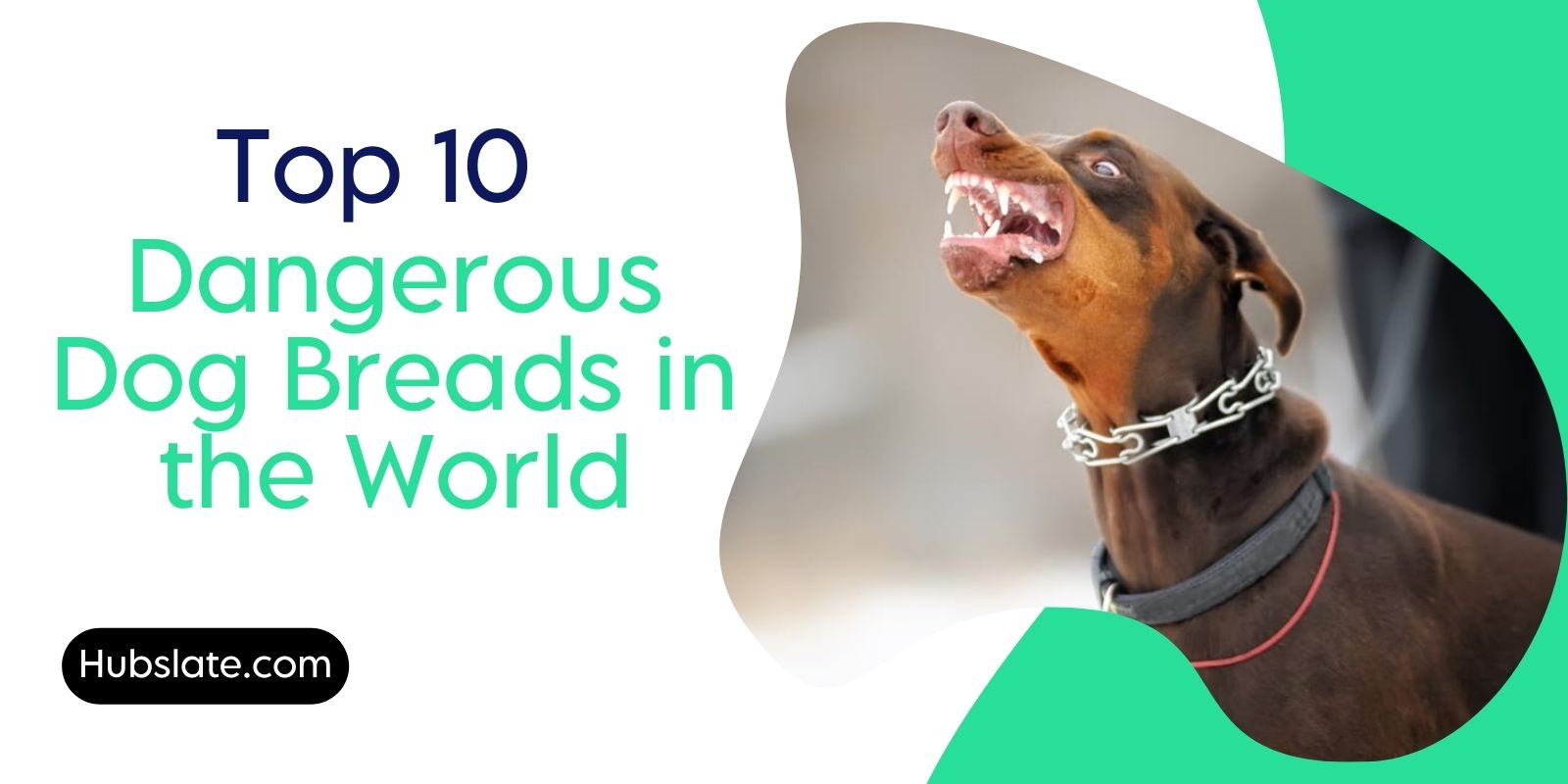Dogs can be great companions, but some breeds can be more dangerous than others. It’s important to be aware of the potential risks associated with different dog breeds so you can take steps to protect yourself and your loved ones.
Not all dangerous dogs are necessarily the most aggressive.
For example, chihuahuas can be very aggressive and territorial, but they typically weigh less than 10 pounds, so they don’t pose a significant threat to humans.
This article will discuss the top 10 most dangerous dog breeds in the world.
We will discuss the history of each breed, its temperament, and its potential for aggression.
We will also provide tips on how to stay safe around these dangerous dog breeds.
More Interesting: Tallest Roller Coasters in the World
Top 10 Dangerous Dogs 2023
1: Pit Bull
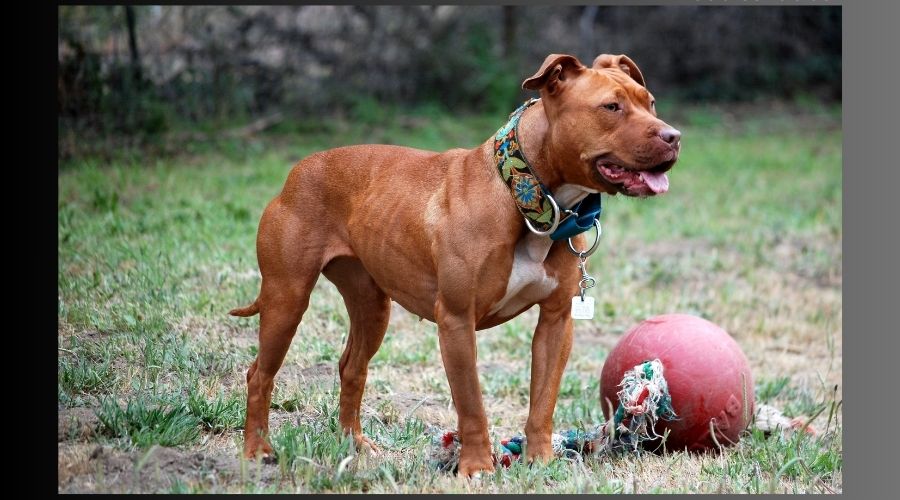
Pit Bulls are often misunderstood, but they are loving and affectionate dogs.
However, because they are powerful, they need structured training and socializing.
Exposing them to different places and people when they are young is important so they can be confident and not aggressive.
If you want to have a Pit Bull, you need to spend time and work hard to train and socialize them properly.
This way, you can unlock their full potential and enjoy the loyalty and affection they offer.
2: Rottweiler

Known for their strong loyalty and protective nature, Rottweilers need owners who can lead them firmly and consistently to handle their powerful guarding instincts.
They are naturally cautious around strangers, so controlled socialization and clear boundaries are important.
People with experience in providing a stable and structured environment are the best fit for this breed.
If you’re considering getting a Rottweiler, focus on training them to be obedient, control their impulses, and socialize responsibly to ensure you can be a responsible owner.
More Interesting: Top 10 Tallest Building in the World
3: German Shepherd
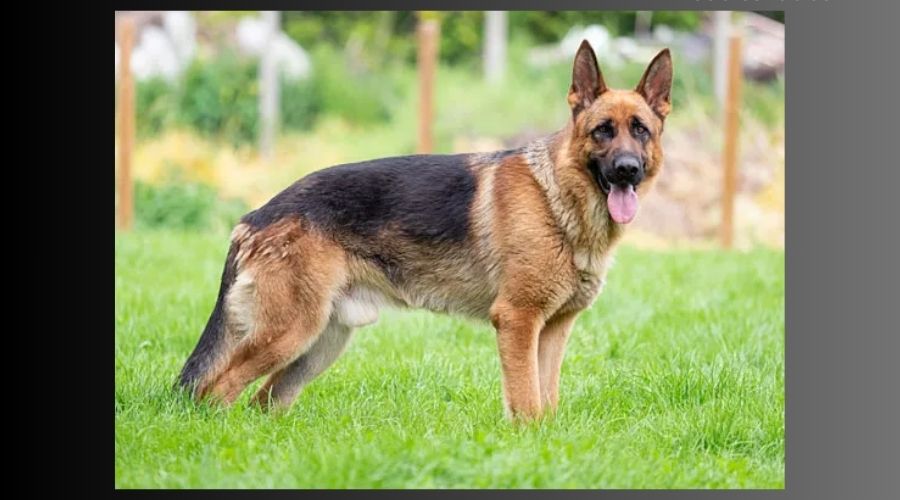
Known for their intelligence and strong work ethic, German Shepherds do well with consistent mental and physical activities.
Regular training and enough exercise are necessary to avoid frustration and potentially destructive behavior.
They have a strong instinct to chase smaller animals, so they need supervision in such environments.
If you’re thinking about getting a German Shepherd, be ready to commit to regular training, exercise, and engaging activities to keep them stimulated both mentally and physically.
4: Doberman
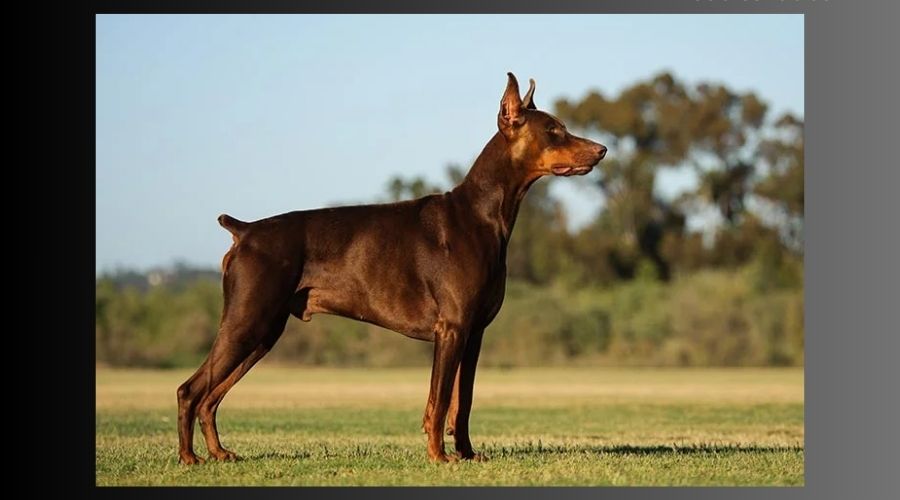
Doberman Pinschers need owners who are confident and experienced in handling their high energy levels.
Early socialization and consistent training are essential to avoid excessive excitement and potential aggression.
Building a strong bond with this intelligent and loyal breed requires proper leadership.
Prospective owners should focus on positive reinforcement training and early socialization to ensure a well-adjusted and well-behaved Doberman Pinscher.
5: Siberian Husky
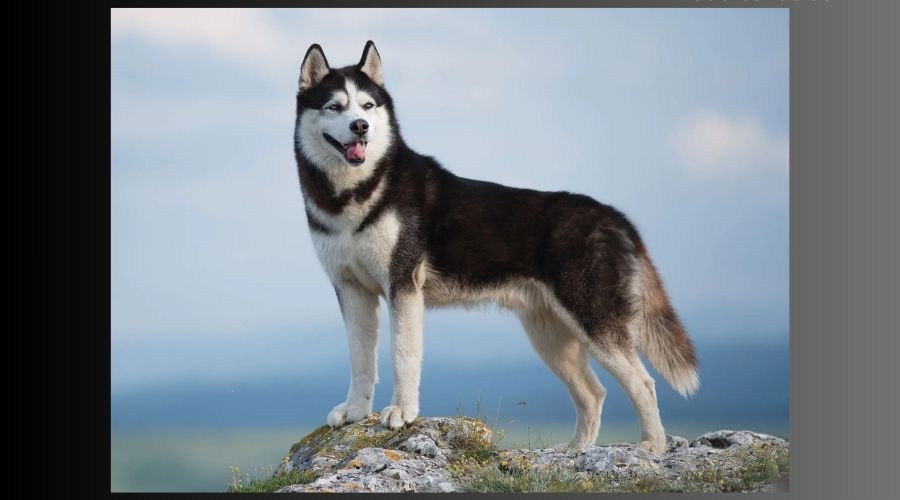
Siberian Huskies have a strong independent personality.
Training them requires patience and positive reinforcement due to their stubbornness.
Owners need to be ready for their high energy levels and instinct to chase, requiring extra supervision and training.
Prospective owners should embrace their independent nature and be dedicated to offering plenty of exercise and engaging activities to fulfill their physical and mental requirements.
6: Chow Chow

Chow Chows can be reserved and cautious around new people.
Early socialization and regular exposure to different places and individuals are important to avoid shyness or aggression.
Owners should acknowledge their independent character while offering firm yet gentle guidance.
Prospective owners need to be patient and dedicated to building trust and forming a strong bond with this distinctive breed.
7: Alaskan

Alaskan Malamutes need owners who understand their stubbornness and strong desire to chase.
Regular exercise and activities that challenge their minds are crucial to keep them happy and prevent unwanted behaviors.
Their strong sense of belonging to a group means they need clear leadership and consistent training to establish the right order at home.
Future owners should be ready to create a structured routine with lots of exercise and mental challenges to ensure a well-behaved Alaskan Malamute.
8: Dogo Argentino
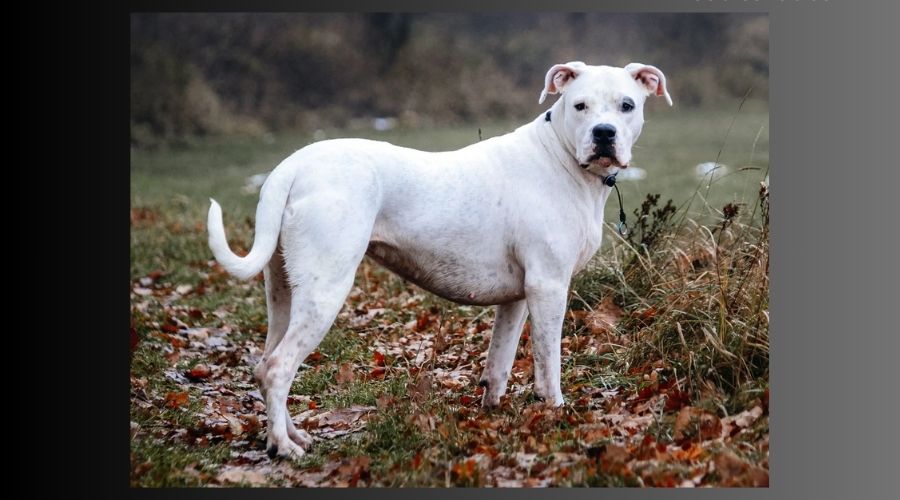
Dogo Argentinos need owners who understand their energy and instincts.
Regular exercise and training are crucial to prevent boredom and bad behavior.
Early socialization and responsible ownership are very important.
Future owners should be ready to spend time training, socializing, and providing lots of physical and mental activities to have a well-behaved Dogo Argentino.
9: Labrador
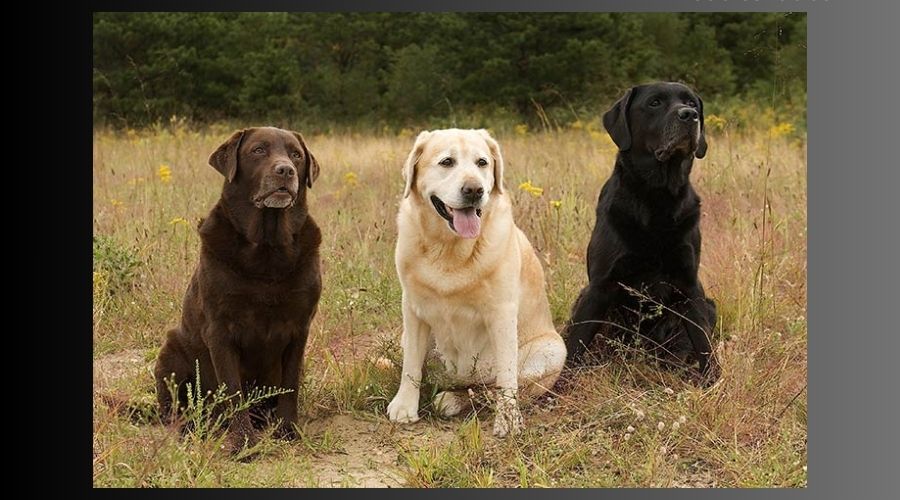
The Labrador retriever is a big dog, originally bred for hunting and working with people.
They weigh up to 80 pounds and are about 2 feet tall.
Labradors are known for being good family dogs and aren’t great guard dogs because they are so trustworthy.
But why are Labradors responsible for 2.1% of deaths in the study?
Usually, it’s because the Labrador is trying to protect its space or food.
Sometimes, people unintentionally make the dog feel threatened when correcting its behavior and back it into a corner.
10: American Bulldog
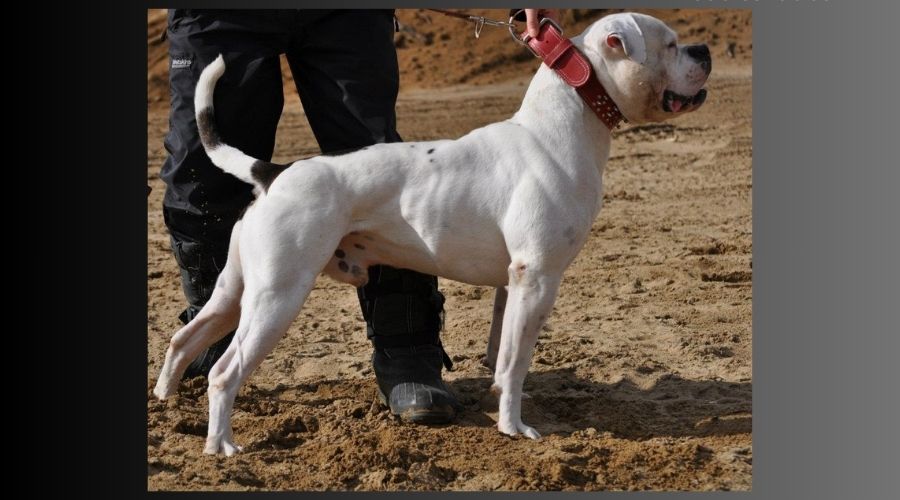
American bulldogs are still powerful working animals that haven’t been overbred.
They stand just under 30 inches tall and can weigh over 100 pounds, packed with muscle.
These dogs are strong and can be dangerous when they attack.
In the 13-year study, American bulldogs caused 15 deaths, around 3.5% of all fatal attacks.
Though not a large number, it’s significant considering this breed is rarely mentioned with other dangerous dogs.
Don’t be mistaken—this breed has a strong bite and the ability to jump high and hard enough to knock an adult flat on their back.
Important Note:
It's crucial to understand that any dog, no matter the breed, can be unsafe if not trained and socialized properly. Always research before choosing a dog and be ready to give your furry friend the training and socialization they need to be a safe and responsible pet. As we mentioned, you can teach a dog to be kind and helpful at home, but it's challenging for them to ignore their instincts. Additionally, various factors contribute to whether a dog is prone to biting. These factors include: Gender (males are more likely to bite) Spaying or Neutering (unneutered or unspayed dogs can be more aggressive and territorial) Fence aggression (dogs defending their homes may become aggressive) Approaching unfamiliar dogs These are all considerations that can affect a dog's likelihood of biting. While it might be tempting to attribute a dog's breed as the sole reason for an attack, other factors play a significant role.
How to Stay Safe Around These Dangerous Dog Breeds
Here are some additional tips for staying safe around potentially dangerous dog breeds:
- Always supervise children around dogs, regardless of breed.
- Do not approach a strange dog without permission from the owner.
- Avoid making eye contact with a strange dog and do not make any sudden movements.
- Do not run or scream if you are approached by a strange dog.
- If you are bitten by a dog, seek medical attention immediately.






